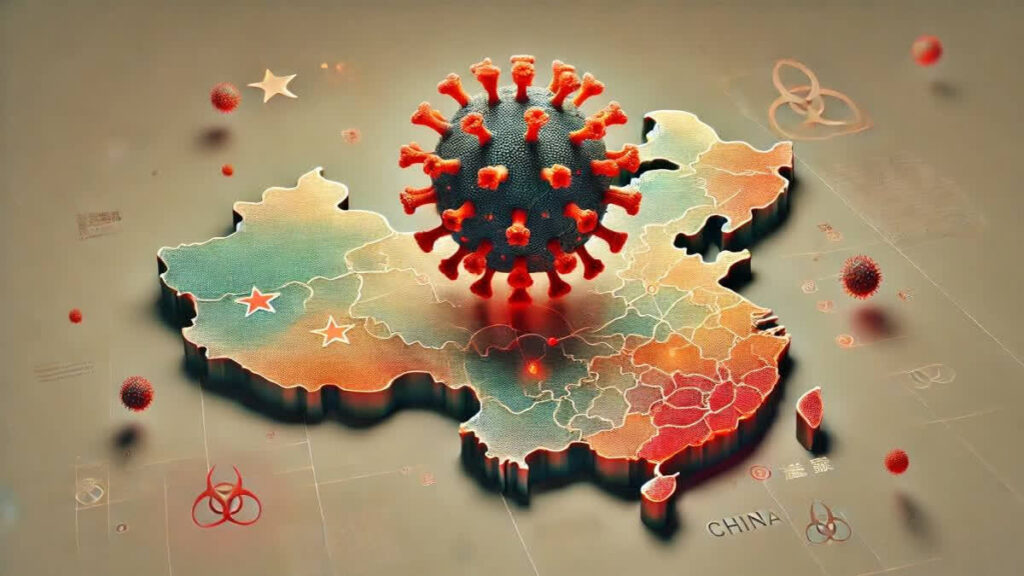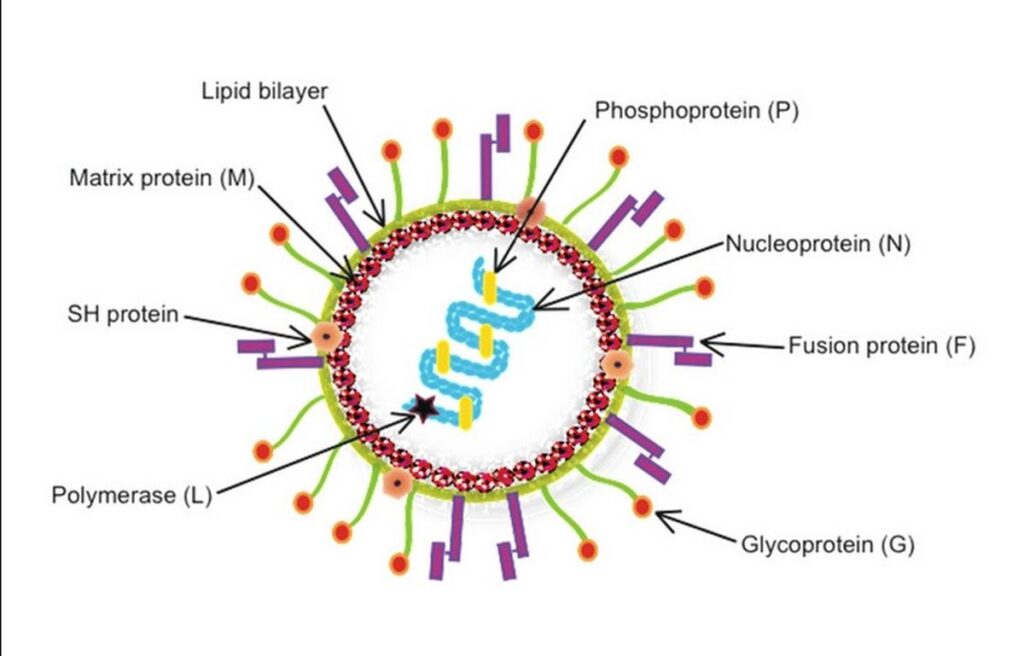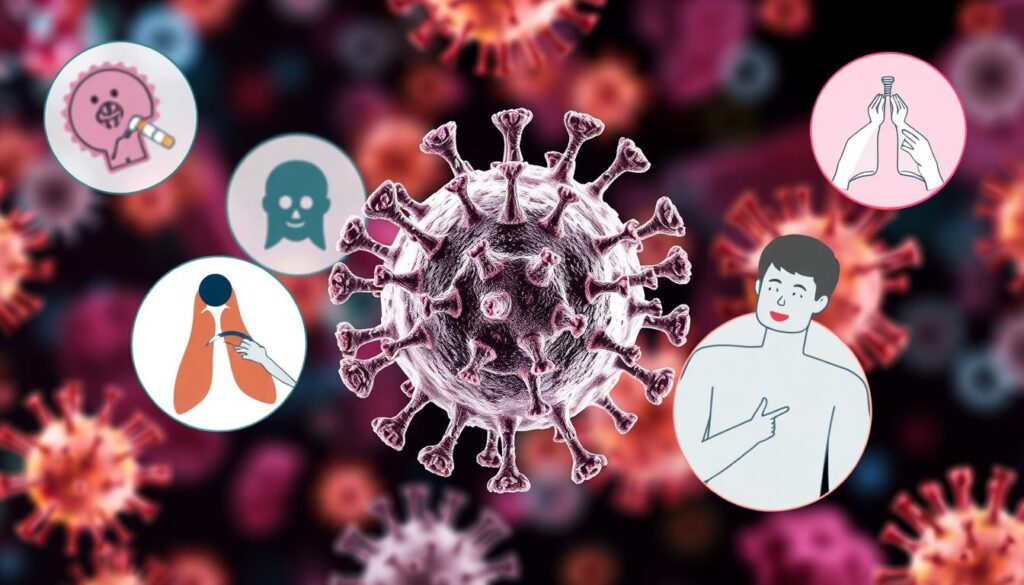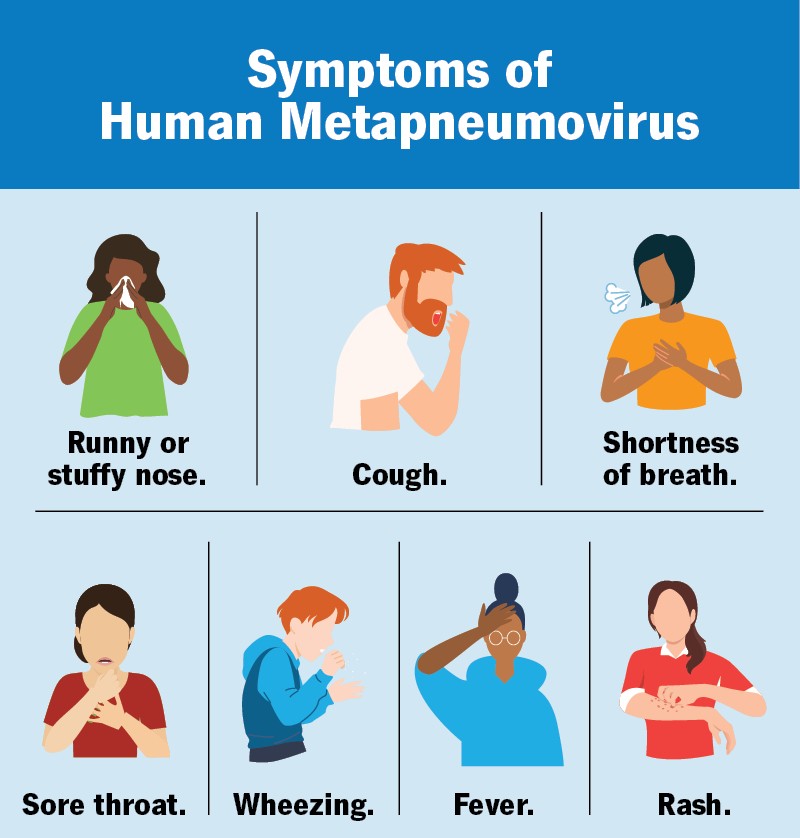
Synopsis
The HMPV Virus, or Human Metapneumovirus, is a respiratory pathogen that has drawn global attention due to a rise in cases across various countries. Discovered in 2001 but present since the 1950s, HMPV is closely related to RSV and primarily affects the respiratory tract. While it often causes mild cold-like symptoms, it poses serious risks to vulnerable populations, including young children and older adults.
This article explores the virus’s history, transmission, global impact, and effective preventive measures to curb its spread. Understanding and vigilance are key to managing the HMPV virus’s impact worldwide.
Understanding the HMPV Virus: A Global Perspective
Human Metapneumovirus (HMPV) is a respiratory pathogen that has recently garnered significant attention due to a surge in cases across various countries. This article delves into the history, origins, current understanding, global impact, and preventive measures associated with the HMPV virus.

History and Discovery of HMPV Virus
The HMPV virus was first identified in 2001 by Dutch researchers who isolated it from children suffering from acute respiratory illnesses. Subsequent studies revealed that HMPV had been circulating in humans for several decades prior to its discovery, with evidence suggesting its presence since the 1950s. Belonging to the Pneumoviridae family, HMPV is closely related to the Respiratory Syncytial Virus (RSV), another common respiratory pathogen.

Origins and Transmission of HMPV Virus

HMPV is a single-stranded RNA virus that primarily infects the respiratory tract. It spreads through respiratory droplets when an infected person coughs or sneezes, or through direct contact with contaminated surfaces.
The virus can infect individuals of all ages but poses a higher risk to young children, older adults, and those with weakened immune systems.
Current Understanding of HMPV Virus
Infection with the HMPV virus typically results in symptoms akin to the common cold, including cough, nasal congestion, and fever. However, in vulnerable populations, it can lead to more severe conditions such as bronchiolitis or pneumonia.
Despite its prevalence, there is currently no specific antiviral treatment or vaccine available for HMPV. Management primarily involves supportive care to alleviate symptoms.

Also Read : Skip Bayless: 5 Key Allegations in Workplace Misconduct Lawsuit
Global Impact of HMPV Virus
Recent reports have highlighted a surge in HMPV cases in various parts of the world. In China, for instance, there has been a noticeable increase in infections among children, leading to concerns reminiscent of the early days of the COVID-19 pandemic. However, health experts emphasize that while HMPV can cause serious illness in certain individuals, it does not pose the same global threat as COVID-19.

Global Spread of HMPV Virus
The following table provides an overview of reported HMPV cases in various countries:
| Country | Reported Cases | Notable Details |
| China | Significant increase among children | Hospitals experiencing higher patient volumes; authorities monitoring the situation closely. |
| United States | Rising cases, within pre-pandemic levels | CDC monitoring the situation; no immediate cause for concern. |
| India | Multiple cases, including infants | Health authorities managing the situation with standard precautions. |
| Malaysia | 327 cases reported in 2024 | Health Ministry states the disease is not new; ongoing monitoring in place. |
| Kazakhstan | 30 cases reported | Cases are fewer compared to other respiratory viruses; health authorities remain vigilant. |
In the United States, the Centers for Disease Control and Prevention (CDC) has noted an uptick in HMPV cases but maintains that the numbers remain within pre-pandemic levels. Similarly, countries like India have reported cases, including infections in infants, but health authorities advise that the situation is manageable with standard health precautions.
Preventive Measures Against HMPV Virus
Preventing the spread of the HMPV virus involves practices similar to those recommended for other respiratory infections:

- Hand Hygiene: Regularly wash hands with soap and water for at least 20 seconds. If soap and water are unavailable, use an alcohol-based hand sanitizer.
- Avoid Close Contact: Steer clear of close contact with individuals exhibiting symptoms of respiratory illness.
- Respiratory Etiquette: Cover your mouth and nose with a tissue or your elbow when coughing or sneezing. Dispose of tissues properly and wash your hands immediately.
- Disinfect Surfaces: Regularly clean and disinfect frequently touched objects and surfaces.
- Stay Home When Sick: If you exhibit symptoms of a respiratory infection, stay home to prevent spreading the virus to others.
Conclusion
While the HMPV virus is a known respiratory pathogen with a global presence, recent increases in cases have prompted renewed attention. Understanding its history, transmission, and the populations at risk is crucial for effective management and prevention.
By adhering to recommended preventive measures, individuals can reduce the risk of infection and contribute to broader public health efforts to control the spread of the HMPV virus.
2 thoughts on “HMPV Virus Unveiled: A Global Perspective on Its Spread, Impact, and Prevention”